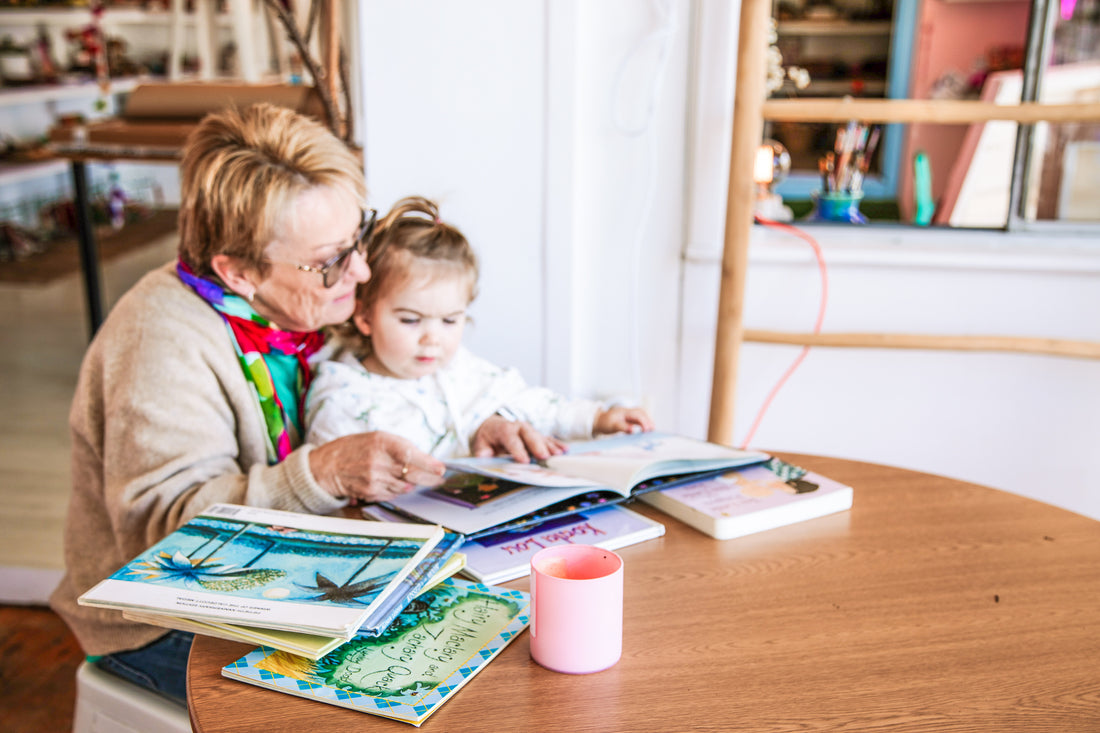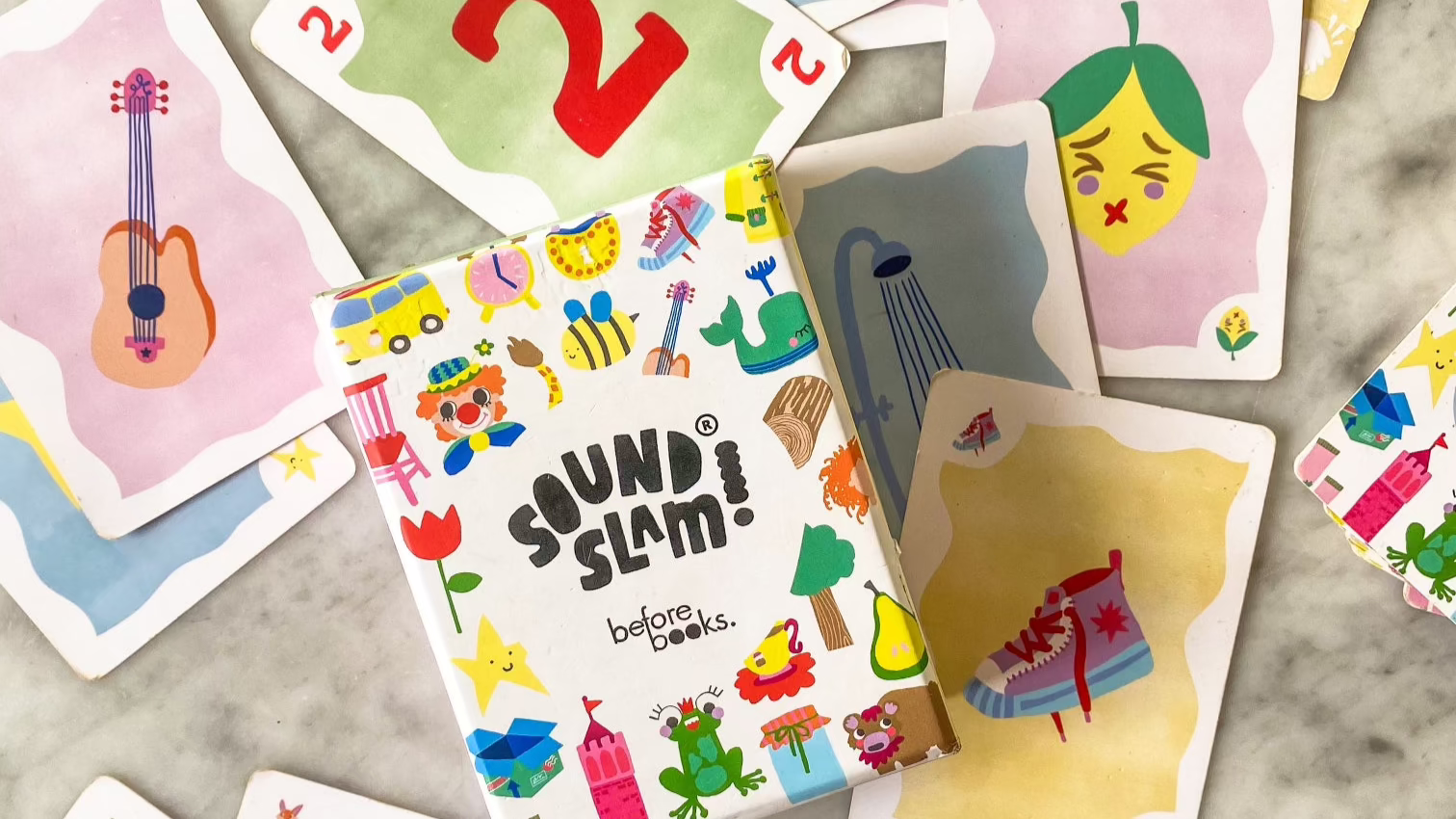
WHAT DO I NEED TO KNOW?
A fluent reader is accurate, well-paced and expressive, but it can take some time to get there. When you are first learning to read, most of your brain space is occupied with matching sounds to graphemes, blending sounds together to make words, pausing at full stops and even running your finger underneath to keep track of where you are up to. Needless to say, the result of all this hard work is a somewhat robotic, slow, disjointed reader that can be a little challenging to follow. Fluent reading comes as a product of increasing proficiency with phonics and phonological awareness.
Fluency and comprehension have a bit of a reciprocal relationship in that fluent reading allows more cognitive resources to be applied to comprehension, but reading fluently with appropriate prosody demonstrates comprehension in itself (Buckingham 2022). Fluency takes a lot of practice and it is important that the books sent home from school, often referred to as ‘readers’, are not approached with a one and done attitude. Rereading the same sentence, paragraph or entire text several times gives a learner the chance to increase their fluency. Familiar texts are less daunting, can be easily comprehended and allow space to add more and more expression.
You don't sound out words forever... Automatic processing/ Orthographic mapping
When you read, as a fluent reader, you don't sound out words do you? It's pretty automatic? You just 'read'. This is thanks to your brain going through a very cool process called 'orthographic mapping'.
You may have noticed that good readers do not need to ‘sound out’ or ‘decode’ words as they are diving into their favourite fiction of an evening. Reading to them is seamless, without effort and it is strange to think that this was once such hard work. Linnea Ehri (2005) explains the transition from the robotic, laborious ‘sound out’ phase to automatic recall of words as orthographic mapping. Essentially, taking the time to look closely at each grapheme, match it to a phoneme and blend these together to read a word is a crucial step towards automatic recall of that word. Eventually with several exposures involving ‘sound out’ of a word, it eventually imprints in your brain and can be recalled instantly, by sight. The number of exposures differs from learner to learner and for someone with a learning challenge such as dyslexia, it is going to take many, many exposures and ongoing persistence and practise of phonics for this automaticity to occur.
Let's talk about learning words by sight
Learning to read is not memorising long lists of words, recognising them by shape, number of letters and context. There is a very, very small percentage of people who have no trouble learning words by sight, but for the majority of learners, this method is inefficient, ineffective and it is just not reading. If you were to learn 10 words by sight, you would know 10 words. If you instead learned 10 single graphemes and their corresponding sounds, you would be able to read more than 300 three-letter words and over 4000 four-letter words! Talk about better use of your time!
All of this said, there are *some* words in the English language that do require rote learning (Colenbrander et al. 2022). In order for early readers to experience success and apply their phonics instruction to real texts there are some words they would benefit from having under their belt early into their reading journey. These are words that are extremely common and perhaps do not follow a predictable grapheme/phoneme correspondence, think- the, one, said, of. It is important to consider one’s cognitive load when introducing words like these by limiting the amount you expect them to learn at one time. You could start with 2-4 and adjust the amount based on the learner’s aptitude (and attitude!) for mastering the words. Encouraging writing the words by hand while learning to read them can aid memory. Most phonics programmes and decodable reader sets used by primary schools in Australia have a scope and sequence for introducing these words to match the phonics instruction happening in the classroom so it is best to follow the lead of your child’s teacher. Learning a limited number of words by sight assists fluency as it allows a reader to practise with full sentences and even whole stories.
OKAY ENOUGH CHAT, HOW DO I TAKE ACTION?
Model fluency by reading aloud to your child often, every day if possible. The readers that come from school do not replace the shared reading of picture or chapter books in your home. It will take years for your child to be reading texts that match their expressive vocabulary, but daily reading with your child gives them the opportunity to continue increasing their vocabulary, to soak up prosodic reading and connect with a family member.
Give time and space to their readers. It may involve several reads of the same book in one day or over the course of week. Fluency occurs through a lot of focussed, intentional practise.
As directed by your child’s teacher, learn a handful of words as whole words, off by heart.
STANDING ON THE SHOULDERS OF GIANTS
Buckingham, J. (2022). Fluency: The misunderstood middle child in the ‘Big 5’. MultiLit Pty Ltd. Five from Five. https://fivefromfive.com.au/presentations/fluency-the-misunderstood-middle-child-in-the-big-5-of-reading-instruction/
Colenbrander, D., Kohnen, S., Beyersmann, E., Robidoux, S., Wegener, S., Arrow, T., Nation, K., Castles, A. (2022). Teaching children to read irregular words: a comparison of three instructional methods. School of Psychological SciencesMacquarie University Centre for Reading.
Ehri, L. (2005). Development of Sight Word Reading: Phases and Findings. In M.J. Snowling, C. Hulme (Eds.), The Science of Reading: A handbook. Oxford: Blackwell Publishing.
National Reading Panel Report. (2000). Teaching children to read: An evidence-based assessment of the scientific research evidence on reading and its implications for reading instruction. Washington, DC: National Institute of Child Health and Human Development.
